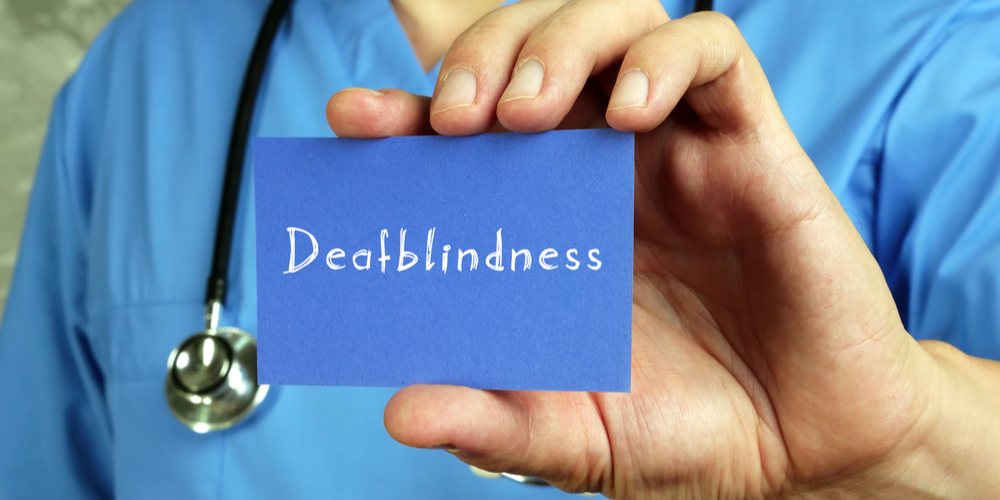
What Is Deafblindness?
Deafblindess is a term which describes the condition of having an impairment of both your sight and hearing to varying degrees. Living with deafblindness is very challenging as the combination of the two impairments creates a unique and severe disability. It’s common for deafblind people to experience communication problems, mobility issues and problems with accessing information. However it’s important to note that the needs of a person suffering from deafblindness will vary depending on their age and the type of deafblindness they experience.
People suffering from deafblindness will require different services and have different needs than those suffering exclusively from blindness or loss of hearing. This is due to the fact that those suffering from deafblindness can’t use one sense to compensate for the loss of the other.
Communication
People suffering from Deafblindness can communicate in a number of different ways. Again, this differs depending on the age of onset, the type of deafblindness and what resources and support they have available. It’s common for someone who grew up deaf and suffered from vision loss in later life to use a type of sign language. Similarly those who grew up blind and lost their hearing in later life usually use a tactile mode of their spoken or written language. The main methods of communication include:
Using any residual hearing or sight – Such as speaking clearly, using hearing aids, being able to use sign language despite having restricted vision and using writing in a large print.
Tactile signing – Such as sign language or a manual alphabet (like the DeafBlind Alphabet) with certain visual or tactile changes.
Interpreting – Use of services such as sign language interpreters or communication aides.
Communication devices – Such as Tellatouch or the computerised version; the Telebraille
In addition to these multisensory methods have been found to help those suffering from deafblindness to communicate better.
Causes of Deafblindness
There’s over 70 known causes of deafblindness and these are usually split up into two main groups; acquired and congenital:
Acquired – Most people suffering from deafblindness have had use of both their sight and hearing throughout the majority of their lives. The loss of these senses occurs through injury, illness or age. Around 4% of people of 60 in the UK have experienced both auditory and visual impairments. The majority of people with acquired deafblindness are able to retain a useful amount of their sight and/or hearing. Many people with deafblindness have a congenital sensory impairment, meaning they were born without either sight or sound. They then go on to acquire the loss of the other sense, such as being born with congenital deafness and acquiring blindness through glaucoma in later life.
Congenital – Those who are born deaf and blind are said to have congenital deafblindness. This can occur for several reasons; prenatal infections such as rubella, chromosonal or genetic syndromes (such as Down syndrome), excessive use of drugs and/or alcohol during pregnancy and trauma occuring during childbirth. Due to widespread vaccinations, rubella, which was once the major cause of congenital deafblindness is now exceedingly rare. Another major factor in congenital deafblindness is Usher syndrome. This is a genetic condition where the sufferer is born deaf and then gradually begins to lose their sight. This typically occurs in late childhood and is due to a condition known as Retinitis Pigmentosa. Early warning signs of Usher syndrome include a loss of peripheral vision and night blindness.
